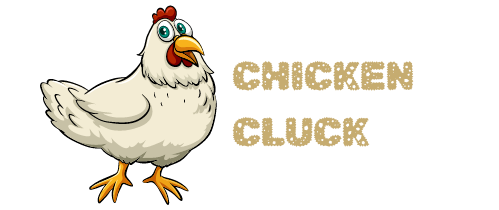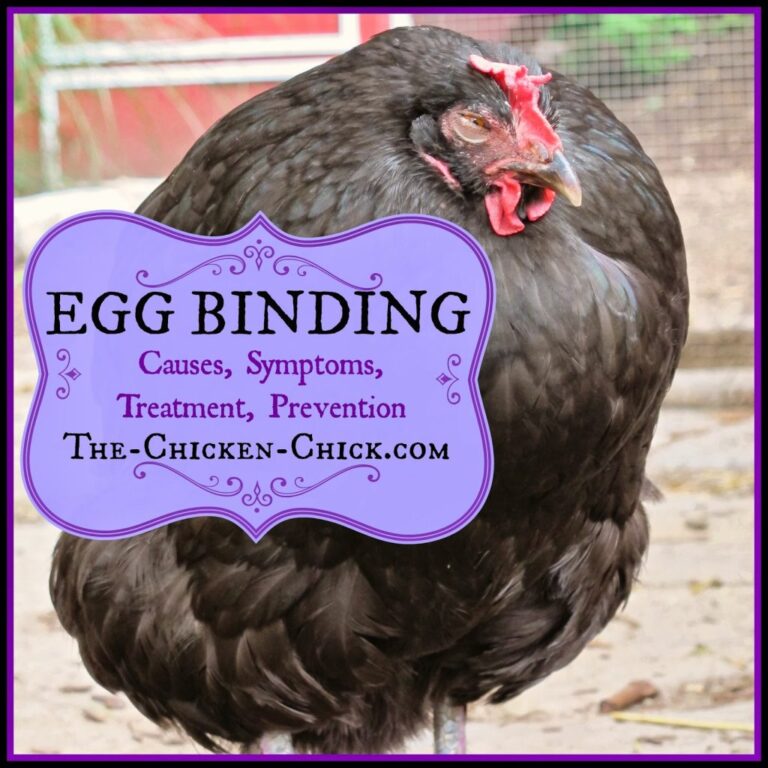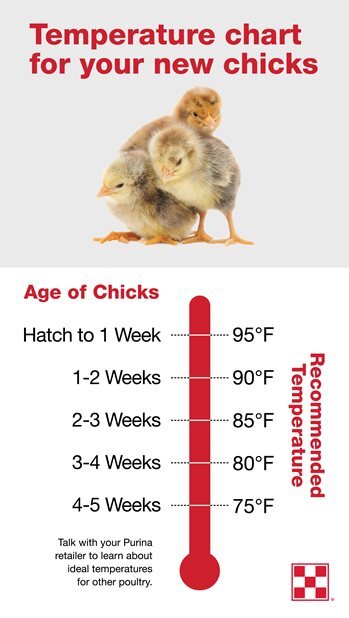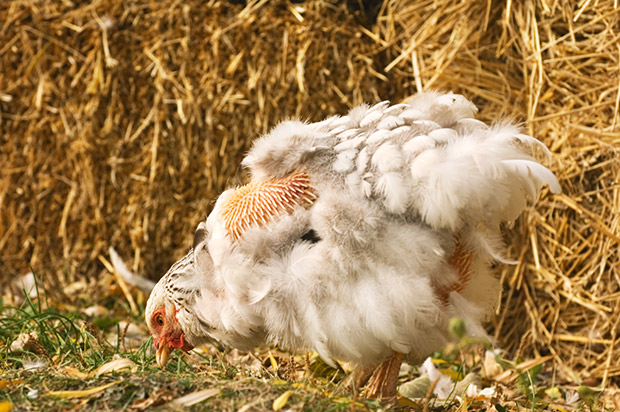To increase hen egg production, ensure a balanced diet and maintain optimal light exposure. Regularly manage their living conditions and monitor their health.
Boosting egg production in hens is crucial for both small-scale backyard poultry enthusiasts and large-scale commercial farmers. A well-rounded approach to enhancing egg yield includes providing hens with a nutritionally rich diet tailored for laying hens, which typically comprises layers pellets rich in protein, vitamins, and minerals.
Consistent and appropriate lighting plays a pivotal role, as hens require around 14-16 hours of light daily to maintain high productivity. Stress-free living conditions are equally important; hens thrive in environments that are clean, well-ventilated, and secure from predators. Regular health check-ups help in preemptively addressing diseases or parasites that can severely impact egg production. By focusing on these factors, poultry keepers can optimize the conditions for their hens to lay more eggs, ensuring a steady and efficient egg production process.
Introduction To Egg Production
Unlocking the secrets to bountiful egg harvesting starts with understanding the basics of egg production in hens. Every farmer dreams of collecting basketfuls of fresh eggs daily. It’s a quest that requires knowledge, skill, and a bit of hen-whispering magic. Let’s crack open this topic and delve into the details that make egg production a central aspect of poultry farming.
Importance Of Egg Production For Farmers
Egg production holds the key to success for many farmers globally. Eggs are not just a staple in diets, they represent a source of income and a pillar of sustainability for farms. Effective management raises both quantity and quality, leading to healthier profit margins and a robust food supply.
Factors Influencing Hen Egg Production
Understanding the elements that drive a hen’s ability to lay eggs consistently is crucial. Factors range from genetics to nutrition, and environmental conditions to care practices. Here’s a snapshot:
- Genetic Makeup: Some breeds outperform others in egg laying.
- Diet: Balanced feeds fuel egg production.
- Light Exposure: Hens need sufficient daylight to lay regularly.
- Stress Levels: Calm hens are productive layers.
- Health: Healthy hens mean more eggs.
- Age: Younger hens usually lay more eggs.

Credit: organicfeeds.com
Optimal Hen Housing Conditions
To ensure hens lay more eggs, they must live in the best homes.
Proper hen houses help hens stay healthy and lay more eggs.
Housing Design And Space Requirements
Better hen house designs lead to happy, egg-laying hens.
- Each hen needs space; overcrowding can cause stress and fewer eggs.
- Provide at least 3 square feet per hen inside and 8-10 square feet outside in runs.
- Include perches for resting – hens love to roost above ground.
- Nest boxes must be cozy and away from the hustle for peaceful egg laying.
Keep one nest box for every 4 to 5 hens, filled with soft bedding.
Temperature And Ventilation Control
Getting the temperature and fresh air right is key for more eggs.
- Keep the hen house between 60-75°F for optimal egg production.
- In hot weather, use fans to cool hens and prevent heat stress.
- In cold climates, insulate houses but avoid overheating.
- Fresh air is a must, but keep the hens protected from strong winds.
Proper ventilation removes dampness and ammonia, keeping the air healthy.
Nutrition And Diet Management
Healthy hens need the right food. The better their diet, the more eggs they lay. Different nutrients help hens stay strong and lay many good eggs. Hens eat grains, greens, and proteins for energy and health. Their food affects their egg production a lot.
Essential Nutrients For Hens
Let’s talk about what nutrients hens need:
- Proteins: For growth and lots of eggs.
- Calcium: For strong eggshells.
- Phosphorus: Works with calcium for shells.
- Vitamins: A, D, E, and K are key vitamins.
- Carbohydrates: For daily energy.
These nutrients help hens a lot. Remember them to get more eggs.
Feeding Strategies To Boost Production
How you feed your hens makes a big difference. Here’s how to feed them right.
- Give steady meals. Hens like regular eating times.
- Use layer feeds. They are special food for laying hens.
- Try feeding extra snacks like seeds. They give more energy.
- Avoid overfeeding. Too much food can make hens too heavy.
Good feeding gives you more eggs. Learn and watch your hens lay more eggs!
Lighting: A Critical Factor
Light greatly influences hen egg production. Adequate lighting ensures hens maintain consistent egg-laying cycles. Optimizing light exposure can result, in more eggs laid. Let’s discuss the role lighting plays in enhancing hen egg yield.
Understanding Hen Biological Clocks
A hen’s biological clock, or circadian rhythm, responds to light patterns. This clock tells hens when to eat, sleep, and lay eggs. Natural sunlight regulates it. Yet, many farms use artificial light. This mimics longer days, prompting hens to lay more.
| Time of Day | Hens’ Activity | Light Guidance |
|---|---|---|
| Morning | Wake Up | Natural / Artificial Light |
| Day | Feeding & Egg Laying | Continuous Light |
| Evening | Resting | Dimming Light |
Artificial Lighting Schedules
Crafting artificial lighting schedules is critical. They should suit the hens’ life stage and breed. A common practice is to increase daylight hours gradually. It encourages laying while avoiding stress.
- Start with 12 hours of light per day for young hens.
- Increase to 16 hours for peak production.
- Ensure consistent light intensity throughout the coop.
Remember, too much artificial light can harm hens. It may cause fatigue or reduce their laying lifespan. Balance is key.
Health Management And Disease Prevention
Proper health management and disease prevention are crucial for maintaining a productive flock. Ensuring that your hens are healthy will directly affect their egg production capabilities. A strong focus on preventing diseases and promoting overall well-being can lead to an increase in both the quantity and quality of eggs produced. Let’s delve into how you can safeguard your poultry’s health effectively.
Common Poultry Diseases
We must first understand the diseases that can hinder egg production.
- Avian Influenza: Highly contagious, can be fatal.
- Coccidiosis: Affects intestines, can reduce nutrient absorption.
- Salmonella: Can spread to humans through eggs.
- Marek’s Disease: Leads to tumors, paralysis.
- Newcastle Disease: Affects breathing, egg quality.
Vaccination And Health Check Protocols
Vaccinations and regular health checks are important to prevent outbreaks.
| Disease | Vaccine | Age for Vaccination |
|---|---|---|
| Marek’s Disease | Herpesvirus of Turkey (HVT) | Day 1 |
| Newcastle Disease | LaSota strain | Weeks 4 and 16 |
| Avian Influenza | Inactivated AI vaccine | As per local regulations |
| Coccidiosis | Live oocyst vaccines | Day 1 |
Follow these steps for healthy hens:
- Regular Vaccination: Stick to protocol.
- Health Checks: Inspect birds daily.
- Biosecurity Measures: Keep farm clean.
- Quarantine New Birds: Prevent disease entry.
- Report Symptoms: Contact vet immediately.
Breeding And Genetics
Boosting egg production in hens starts with smart breeding strategies. Great attention to breeding and genetics forms the cornerstone of a bountiful coop. Find out how selecting the right breeds and understanding genetic factors contributes to increased egg production.
Selecting The Right Breeds
Selecting the right breed of hens is crucial for egg production. Different breeds lay eggs at varying rates and ages.
- White Leghorns are known for high egg yields.
- Rhode Island Reds offer a balance of egg laying and hardiness
- Plymouth Rocks lay well and adapt to different environments.
Consider your climate and the hen’s purpose. Some breeds thrive in cold weather; others do well in heat. For eggs all year, mix breeds that peak at different times. Your choice should fit your specific goals and conditions.
Genetic Factors In Egg Production
Egg laying is influenced by a hen’s genetics. Hereditary features play a substantial role in productivity.
| Genetic Trait | Impact on Egg Production |
|---|---|
| Early maturity | Hens that mature early often start laying sooner. |
| Egg size | Genes determine the potential size of the eggs produced. |
| Broodiness | Less broody breeds tend to lay more eggs. |
| Health and vigor | A stronger immune system means fewer disruptions in laying. |
To ensure a hen’s high productivity, pair characteristics like rate of lay and egg quality with optimal care. Through selective breeding, you can pass favorable traits to future generations.
Stress Reduction Techniques
Boosting hen egg production hinges on happy, stress-free chickens. Understand and minimize stress in your flock for healthier hens and a bountiful egg harvest. Let’s explore how to create a serene environment for your feathered friends.
Identifying Stressors In Hens
Like us, hens face stress, which impacts their health and egg laying. Recognizing what bothers them is crucial. Stressors include excessive noise, poor living conditions, and inadequate nutrition. Even small changes can unsettle your hens. By noting their behavior, you can pinpoint and address the culprits.
Methods To Minimize Stress
Creating a calm space for hens encourages egg production. Here are effective methods to reduce stress:
- Consistent Routine: Hens thrive on predictability. Maintain a regular schedule for feeding and egg collection.
- Comfortable Coops: Ensure coops are clean, spacious, and well-ventilated. Provide adequate nesting boxes.
- Nutrition: Offer a balanced diet with enough water, protein, and essential vitamins.
| Stress Factor | Action |
|---|---|
| Predators | Secure the coop and run with protection from predators. |
| Pecking Order | Monitor flock dynamics and intervene if necessary. |
| Extreme Weather | Provide shelter and temperature control. |
Remember, minimizing stress is not a one-off task but a continuous effort. With patience and care, your hens will lay plentiful eggs in a peaceful environment.
Record-keeping And Performance Analysis
Let’s talk about how smart record-keeping leads to more eggs in the basket. Keeping tabs on your hens is vital for egg-cellent results. Eggs won’t count themselves, right? Time we dive into the world of logs and analysis!
Importance Of Detailed Records
Detailed records are the backbone of a successful henhouse. Think of it like a hen’s diary. You jot down what they eat, when they lay, and how healthy they are. These notes help spot the star layers and fix any egg-laying issues fast!
- Daily egg count – Know your numbers.
- Feed consumption – Measure those munchies.
- Hen health checks – Spot sick chickens quickly.
Analyzing Data To Improve Production
Got your records? Now, let’s play detective with that data. Use charts and tables to see patterns. This is how you boost those egg numbers!
| Date | Egg Count | Feed Used | Notes |
|---|---|---|---|
| April 1 | 20 | 5kg | Added calcium supplements |
| April 2 | 22 | 5kg | Two hens visited the vet |
Spot trends and act on them. More eggs after adding supplements? Keep it up. Dip in production? Time for a health check maybe. It’s all about smart moves for more eggs.
- Identify best practices.
- Adjust feed and care based on data.
- Keep hens happy for more eggs.
Innovations In Egg Production
In the dynamic world of agriculture and farming, innovations in egg production have made remarkable strides. Modern technology reshapes how we approach hen egg production. From automated feeders to advanced climate control systems, these advances not only boost egg output but also enhance hen welfare and productivity.
Technology Integration In Poultry Farming
Embracing technology in poultry farming is a game-changer. Key technological additions include:
- Automated feeders that ensure consistent nutrition.
- LED lighting systems that simulate natural daylight patterns.
- Climate-controlled environments keep hens comfortable.
These tools offer farmers finer control over egg production. They streamline tasks and reduce labor costs. Data analytics also play a pivotal role. These systems help track the optimal laying cycle and predict yields.
Future Trends In Egg Production
The horizon for egg production looks bright with upcoming trends:
| Technology | Impact on Egg Production |
|---|---|
| Smart Sensors | Monitor hen health and enhance egg quality. |
| Robotics | Handle eggs and hens with care and precision. |
| Genetic Advances | Develop high-yield hen breeds. |
Biotech is set to introduce healthier hen breeds. These hens will produce more eggs over their lifespan. Integrated supply chain management systems will ensure faster product delivery. These trends signal a shift toward a tech-savvy, sustainable future for egg production.

Credit: www.facebook.com
Conclusion: Sustaining High Egg Production
Farmers strive for continuous high egg production from their hens. Maintaining this requires a blend of best practices, updating knowledge, and adapting to changes. Let’s recap the main points and steps to take for lasting success.
Summarizing Key Practices
- Quality Feed: Give hens nutrient-rich feed for better health and more eggs.
- Consistent Lighting: Manage light exposure to trigger egg-laying instincts.
- Stress Management: Keep hens happy and calm to avoid disruptions in laying.
- Health Care: Protect hens from diseases with regular checks and clean coops.
Ongoing Education And Adaptation
Stay updated with latest poultry research. New findings can lead to better egg production methods. Be ready to adjust your strategies with changing hen behaviors, seasons, or new guidance.
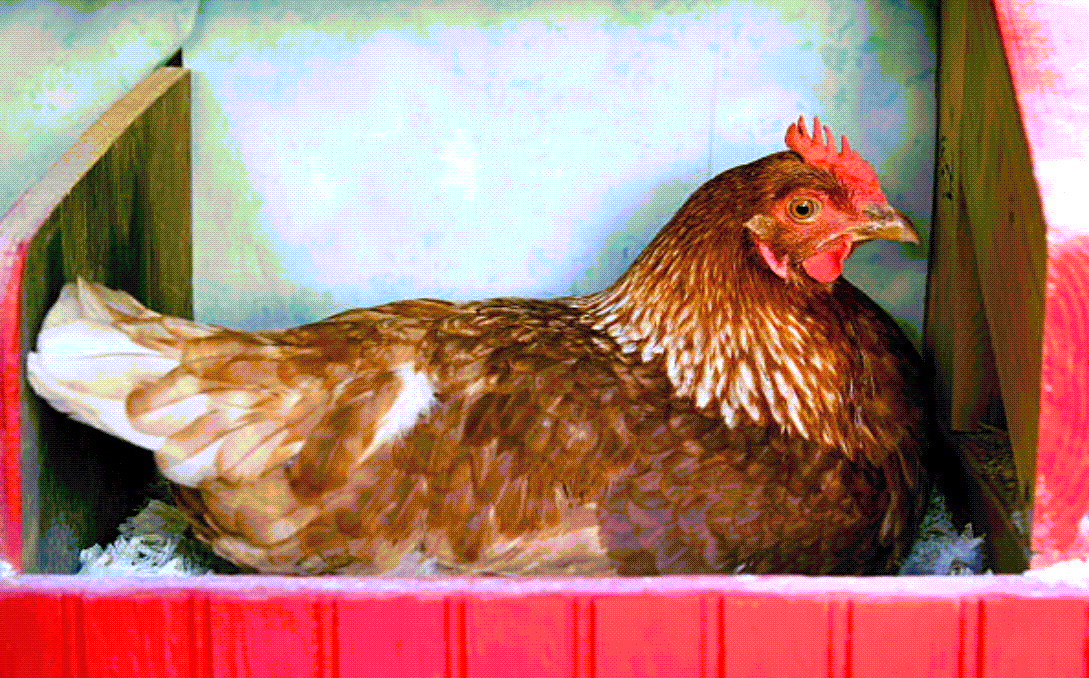
Credit: starmilling.com
Conclusion
Boosting hen egg production doesn’t require complicated strategies. Focus on optimal nutrition, controlled lighting, comfortable housing, and preventive healthcare. Implement these tips consistently for best results. Enjoy the rewards of increased yields with happier, healthier hens. Now, it’s your turn to apply these methods and watch your egg basket overflow!
